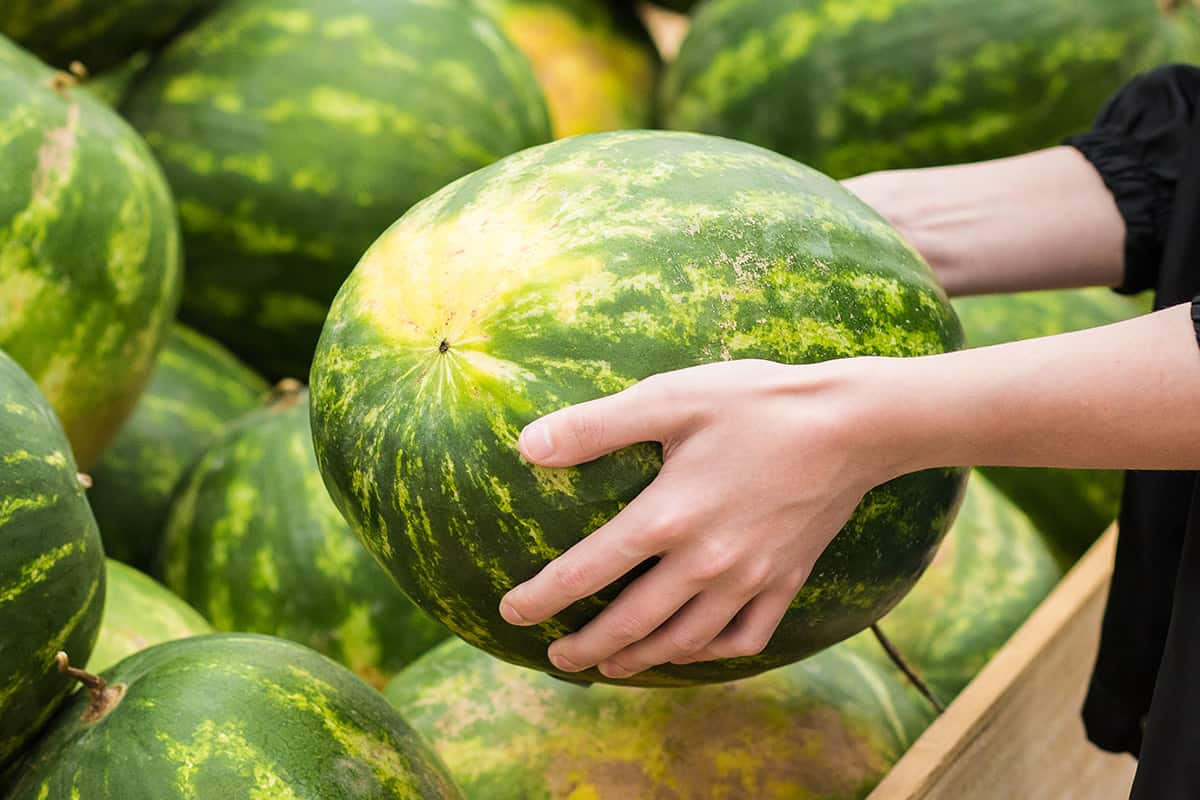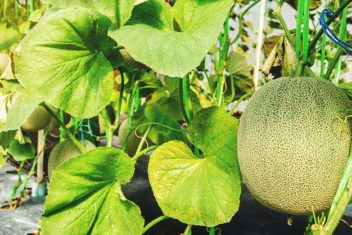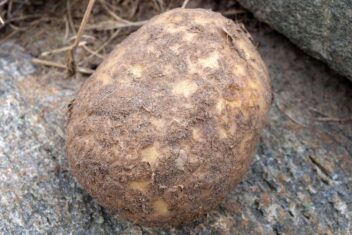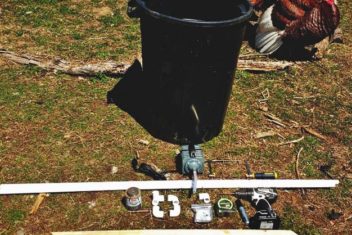Who doesn’t love biting into a juicy watermelon or a tasty cantaloupe? Fresh, homegrown melons taste like heaven, and, no doubt, you’ll want to find all the ways to increase your melon harvest.
Melons are large plants that produce prolific vines, that spread throughout your garden. But I struggled for years to produce fruits. The vines would grow, but I would never have an impressive melon harvest.
That was until I learned some of these tips to grow more melons.
It turns out that I missed a few vital steps to grow these plants properly. Let’s take a look at a few of these tips and what you need to know for success.
12 Tips to Increase Your Melon Harvest
Homegrown melons are the perfect thing in the middle of the summer on a hot evening. Don’t let a small harvest ruin your meal plans; use these tips to increase your melon harvest and have yummy fruits for weeks to come.
1. Amend the Soil Before Planting
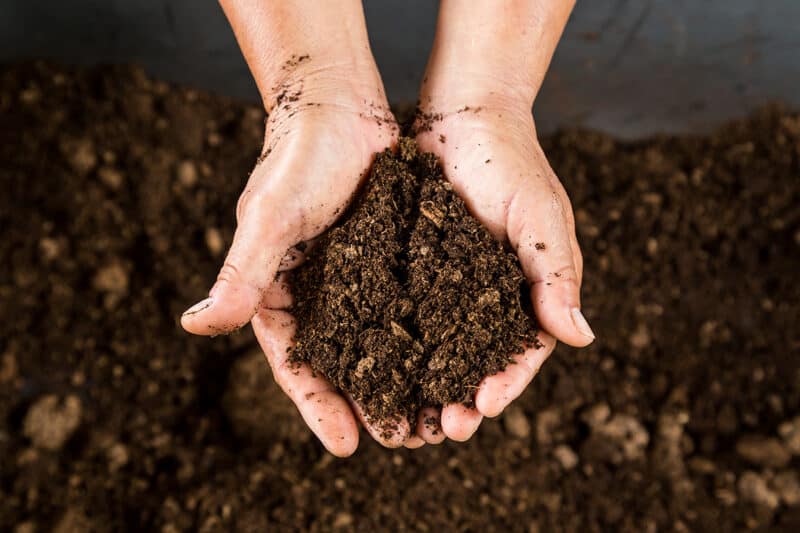
Amending the soil in your garden is the first step to increase your melon harvest and grow sweeter melons than ever before.
Start by mixing four to six inches of compost into the garden beds before planting. You should mix organic fertilizer such as manure or compost into the soil every three to four weeks as well.
Their love for nutrients is one reason that many gardeners opt to plant melons in their compost pile. Not only does this provide your plants with tons of nutrients, but compost piles generate lots of heat, which melon plants appreciate as well.
2. Check Your Soil pH Range
One mistake that I made when growing melons in my garden was failing to check and amend my soil pH. Most melons prefer soil that is slightly acidic; the ideal range is between 6.0 and 6.5.
Testing your soil’s pH is easy; use an at-home test or send a sample to your state extension office. It’s important to keep the pH in the right range because if the soil is too acidic, it will lead to plants with yellow leaves and few or no fruits.
3. Start Your Melon Plants Inside
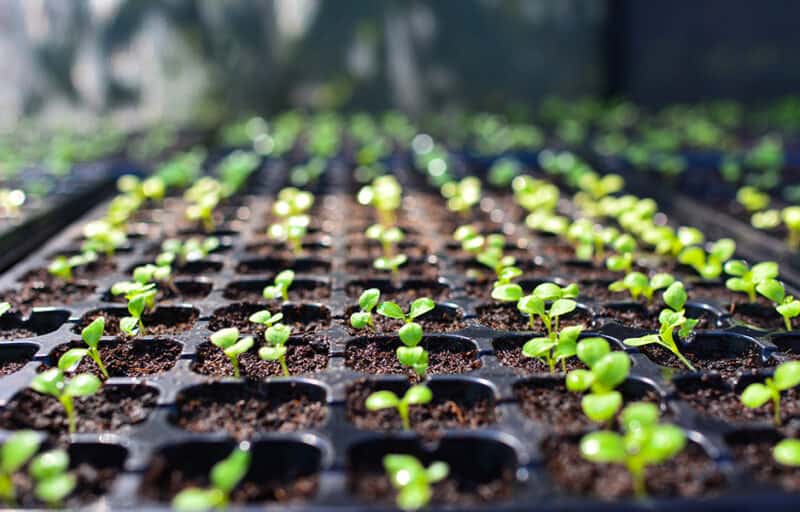
I’ve tried growing melon plants from seeds that I direct sowed in the garden, but the harvests are never amazing. I found an easy way to increase your melon harvest is to start the seedlings inside.
You plant them outside the same time that you’d plant melon seeds, but the seedlings are larger and already harvest. You don’t have to worry about thinning the sprouts either. I start the seeds inside three to four weeks before I need to transplant them outside.
4. Don’t Plant Too Early
It’s easy to get excited and start planting in your garden too early, but that’s a big problem for your melon plants. Melons are a warm-season crop that cannot survive a frost. They prefer daily average temperatures between 70-80°F.
Planting your melons at the right time is one simple way to increase your melon harvest. Wait until the danger of frost passes, amend the soil, and consider covering it with black plastic a few weeks before planting to warm up the soil.
Seeds planted in warmer soil usually germinate faster than seeds planted in cooler soil, especially melon seeds.
5. Find The Warmest Garden Location
Your garden has microclimates – that means some areas in your garden will receive more or less sunlight, heavier or more frequent wind, or more frequent frost. All these elements change the climate and growing conditions in those small areas.
Since melons are heat-loving plants, look for locations in your garden that warm up early in the spring and stay hot throughout your entire growing season. A south side of a fence or wall is a great choice because the structure absorbs heat and light, reflecting it back onto the melon plants.
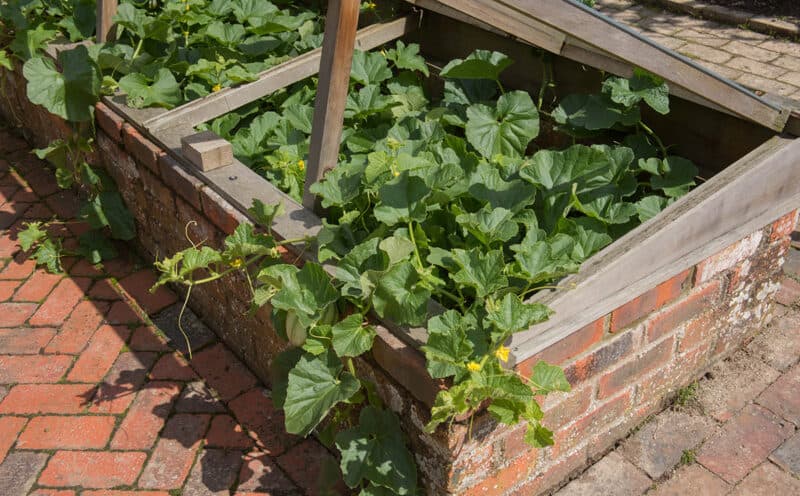
Another choice is to consider planting melons near a sunny brick patio or any other paved surface. These locations absorb the heat, creating the perfect microclimate for heat-loving plants.
6. Give Them Space
When growing melons, never overcrowd them. Most gardeners plant melons on mounds with three plants to a mound. Melons have vines so mounds give the vines space to grow, and each mount needs to be spaced two feet apart with the rows six feet apart.
Overcrowding melon plants cause a variety of problems because it creates an environment where fungal diseases love to grow. More air circulation is always better in a garden. Also, it causes the crammed plants to compete for the nutrients in the soil.
7. Give Melons Plenty of Water

When you bite into a chunk of watermelon, you notice and feel the juice inside; melons are juicy. That’s part of their appeal, and one way to ensure you have sweet, juicy melons is to give the plants plenty of water.
Melons need a minimum of one inch of water per week, but I suggest upping the watering amount to two inches per week, especially when it’s hot outside. My plants grow best when they receive ample water.
Also, make sure your plants have plenty of soil drainage. Like any other plant, melons need to grow in well-draining soil.
8. Fertilize Your Melon Plants Regularly
Melon plants, similar to squash plants, are heavy feeders and require plenty of fertilizers to grow. These plants need to be fertilized every two to three weeks to grow to optimal size.
What’s the best fertilizer for melon plants?
Use a phosphorous and potassium heavy fertilizer when fertilizing melons. The best options are 5-10-15 or 10-15-20. Too much nitrogen will cause your plants to produce more leaves than fruits. You want to encourage growth, flowering, and fruiting to increase your harvest.
9. Mulch Around Your Melon Plants
Once your melon plants sprout and start to grow larger, it’s time to mulch the soil. Covering the soil has several benefits.
First, you suppress weeds that compete for needed nutrients in the soil. Weeds compete for the nutrients that you want your plants to have to increase your melon harvest.
Second, mulch helps to retain moisture in the soil. Remember, water is good, and mulch means you need to water less often.
Last, mulch keeps the melons off the soil. You don’t want the fruits laying directly on the soil; that’s a surefire way to end up with disease and pest problems. Speaking of…
10. Watch for Insects and Diseases
Melon plants are known for having pest and disease problems, so being vigilant is vital. Early spotting and treatment make it easier to save your plants from destruction.
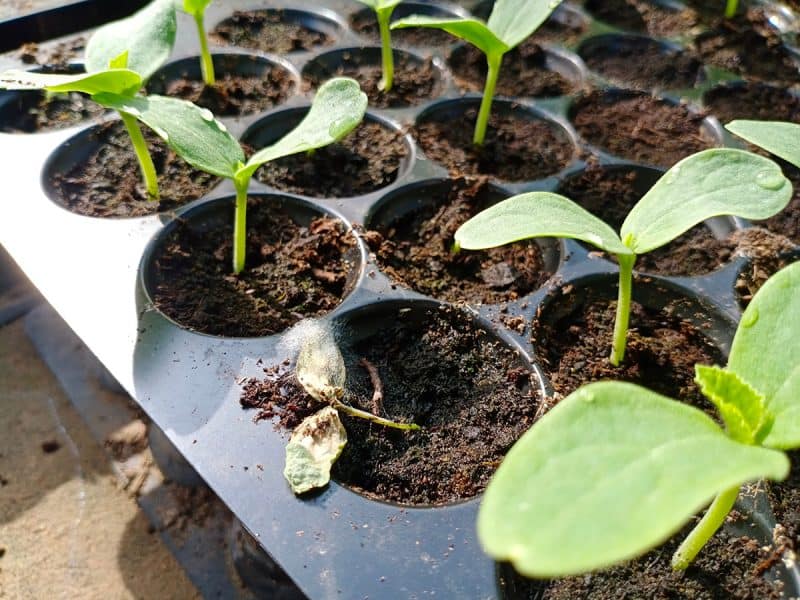
Some of the common insects and diseases to watch out for include:
- Squash Bugs
- Squash Vine Borers
- Damping Off
- Bacterial Wilt
- Powdery Mildew
- Striped Cucumber Beetles
11. Slow Down Watering When Ripening Happens
You know that melon plants love water, but as the final weeks of ripening happen, too much water is a bad thing.
Why?
Excess water dilutes the sugar content of the fruit. You’ll end up with melons that don’t taste as sweet as they should, and no one wants that.
As the fruits on the plants start to reach their full size, reduce how often you water your plants. You want to only provide enough water to prevent the plants from wilting.
12. Know When to Harvest Your Melons
No melon tastes delicious when picked immature. You need to know the signs of ripeness so that you can plan harvesting at the right time.

A few signs that your melons are ripe and ready to harvest include:
- A fruity aroma
- Slight softening of the rind
- A hollow sign when you knock on the fruits
- Detaches easy from the vine
If you try to remove a melon and the vine doesn’t break away easily, chances are the melon isn’t ready for harvesting. The highest sugar content happens when the fruit detaches from the vine on its own or when the vine becomes shriveled and dry.
